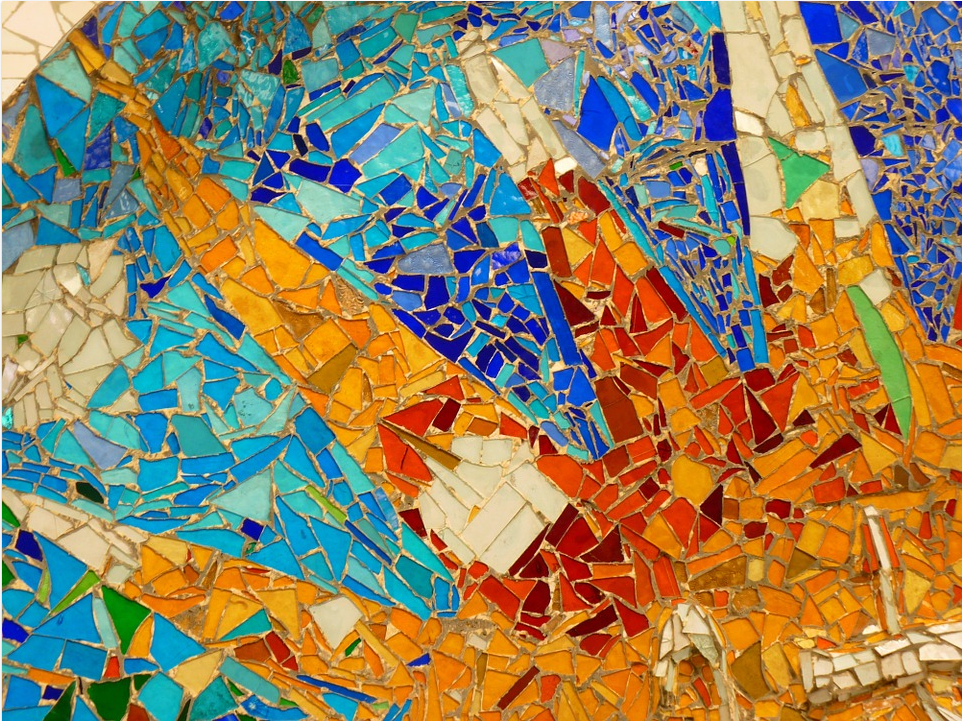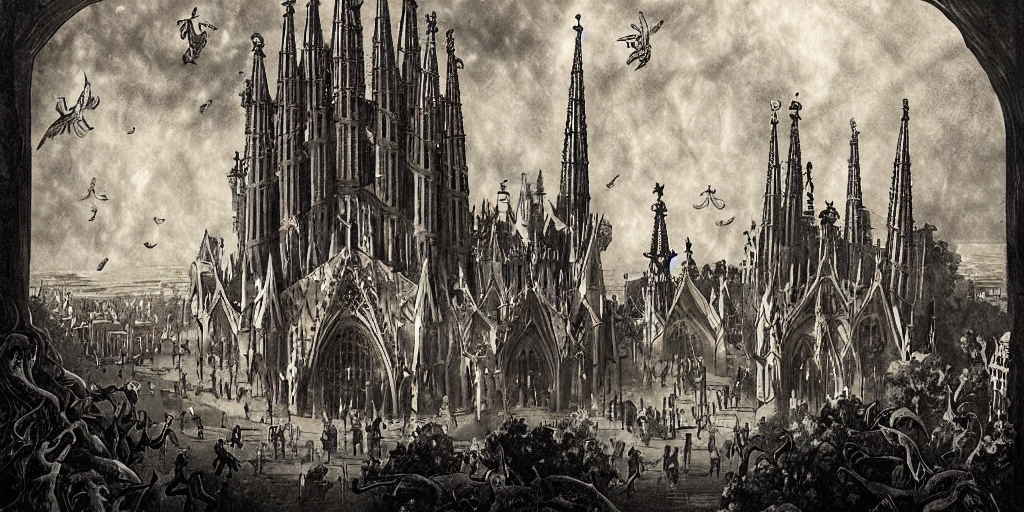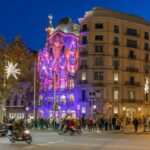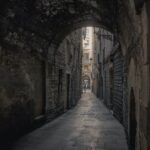Walk the shadowy streets of the Raval, Gothic, and el Born quarters and explore the city’s rich history of tragedy. Meet the ghosts, notorious assassins, and wandering souls that haunt the ancient Roman walls, historic churches, and haunted buildings. Delight in the macabre tales that have shaped the city’s history, from ancient ruins to medieval palaces. Join us as we delve into the forgotten secrets of Barcelona’s past and present. We’ll promise you’ll be delightfully scared while having fun walking through the ancient mysteries of the city.
In this walking itinerary, you’ll visit (among other places):
Mercat de Sant Antoni: a neighborhood named after the Saint Anthony Convent and Hospital built in the 1430s. The hospital was in charge of checking the health of those entering the city and treating those suffering from Saint Anthony’s fire, a disease caused by a fungus in cereal. The area was home to one of the city’s many gallows, located outside the city walls, and a prime location for markets and execution sites.
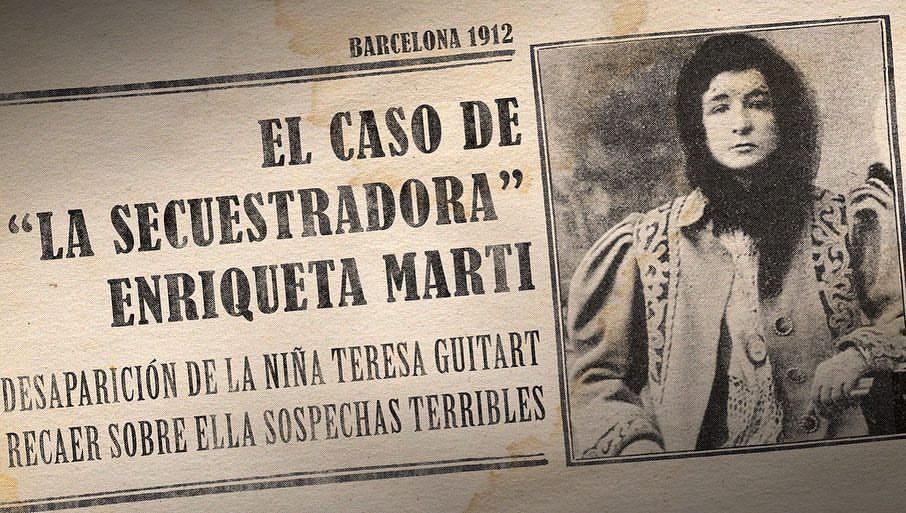
You’ll meet the Vampiress of the Raval, Enriqueta Martí. She was a serial killer who lived in The Raval quarter in the late 19th and early 20th century. She was known as “La Vampira del Raval” due to her rumored practice of drinking the blood of children. Martí was believed to have kidnapped and murdered numerous children, selling their bodies to medical schools for dissection. She was eventually arrested and put on trial, but the details of her crimes remain unclear and shrouded in mystery. Despite her notoriety, Martí remains a controversial figure in Spanish history, with some claiming that she was a victim of circumstance and others insisting she was a monstrous murderer.
You’ll step into a mystical lane located just minutes from Plaça de Catalunya. It dates back to medieval Barcelona and is named after an astrologer and sorcerer who lived there in the 15th century and was famous for using a black stone and magic powders for healing. Today, the street is decorated with plaques and many signs that commemorate its mystical history.
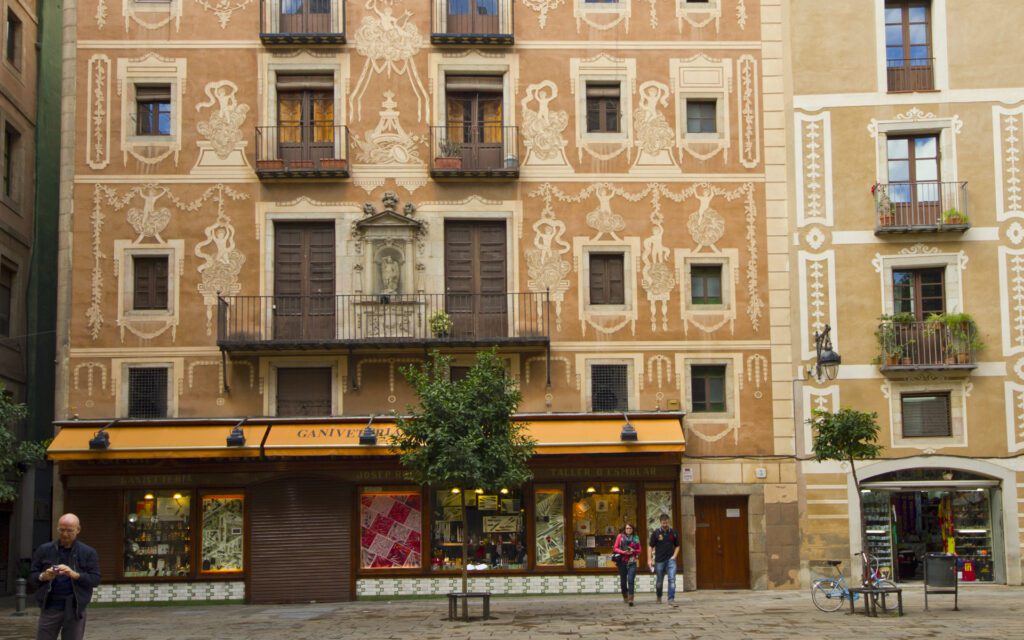
Discover the bewitching beauty of Plaça del Pi, nestled in Barcelona’s historic Gothic Quarter. This charming square boasts a bell tower that was once rumored to be cursed by the devil. Legend has it that the master builder, driven to desperation, made a pact with the devil and carved a demonic figure onto one of the tower’s steps as a symbol of his surrender.

Although it appears much older, El Pont del Bisbe (Bishop’s Bridge) was actually constructed in 1928 by Joan Rubió i Bellver during the renovation of the historical center of Barcelona. The bridge connects the Palau de la Generalitat and the Casa dels Canonges (House of the Canons), two historical buildings in the city. If you take a closer look at the bottom of the bridge, you’ll notice a skull with a dagger piercing through it. Despite its relatively recent construction, the bridge already has several interesting legends surrounding it. One of the legends states that if the dagger is removed from the skull, the foundations of Barcelona will give way and the city will be destroyed. Another legend says that crossing the bridge with your back to the skull will bring you good luck.
The Casa de les Ànimes-Arc de Sant Ramon del Call was known as the “minor synagogue” because of the large number of residents of Jewish origin. The street is home to a tombstone dated from the Jewish year 692, which retains much of the character and mystery of the era when anti-Semitism was the order of the day.
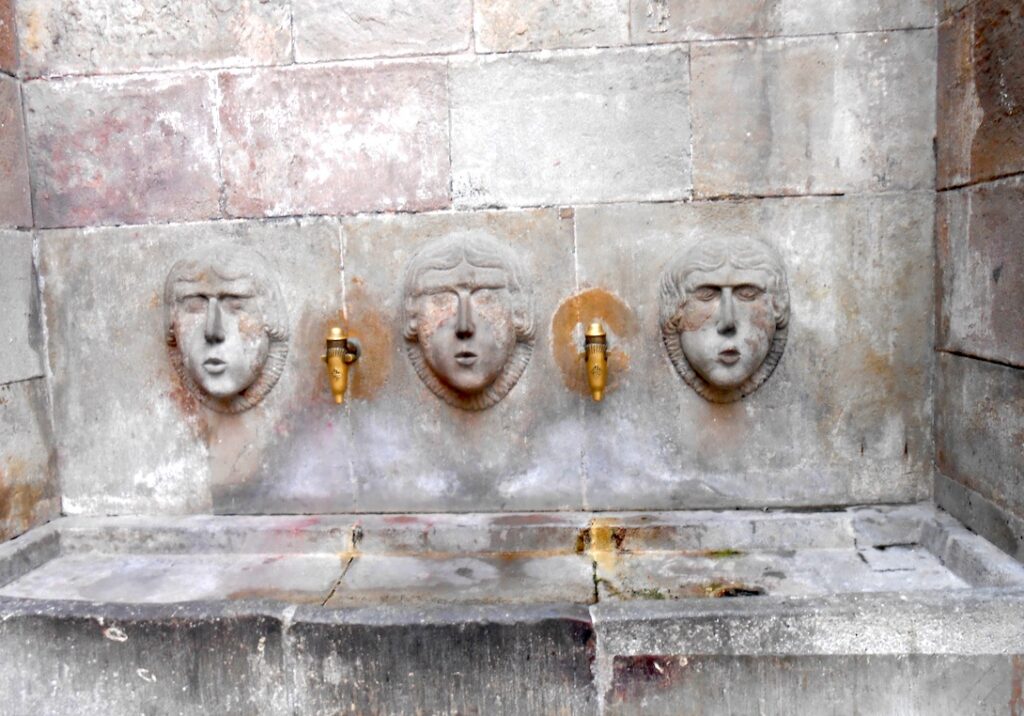
Plunge into the depths of history at Plaça de Sant Just Pastor, home to the oldest stones and foundations of the Basilica of Sant Just i Pastor and a former ancient pagan temple. This area, dating back to the founding of Barcino by the Romans in the first century, is rich in tales of pagan sacrifices, Christian persecutions, and macabre stories. Admire the mysterious faces of the fountain, witness of many blood stories, and reflect on the intriguing past of this historic square.
This walking itinerary is a great way to delve into the rich history and culture of Barcelona. From its dark and mysterious past to its fascinating present, each step you take will lead to a new discovery and a deeper appreciation for the city.



